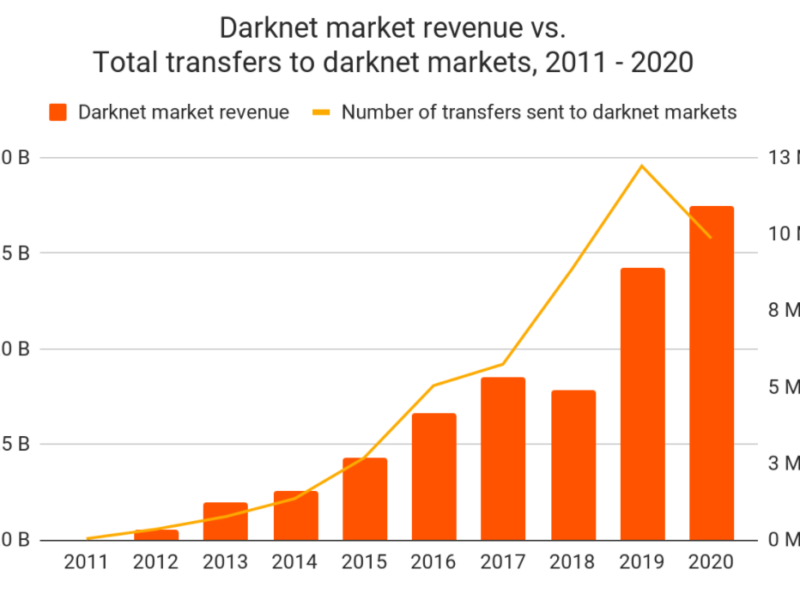If you have high credit card balances in 2018, you need to prioritize paying them off and doing so in the quickest possible time-frame. The reason why is because cloned credit cards for sale debt is now more expensive than it’s ever been in the past, and if that’s not enough reason, here’s a few more statistics to fuel your desire to get out of debt.
Total revolving debt in the United States as of February 2018, which is primarily made up of credit card debt, has reached $1.030 trillion, according to the latest Federal Reserve statistics. This is an all-time high for our country. Interest rates have increased twice already in 2018, and the CME FedWatch Tool suggests another rate hike is coming by the end of this month. You’re about to learn the six best ways to pay off high credit card debt, but before we dive in, first let’s look at the most expensive option that you want to avoid.
The most expensive credit card relief option is when only paying minimum monthly payments. Never only minimum monthly payments on credit cards because you’ll end up paying the maximum amount in interest. For example, if you have a Chase credit card balance for $15,000 and your interest rate is 29%, when paying only minimum payments – you’ll end up paying a total of $45,408 in interest alone and it would take you over ten years to pay off the balance.
1. Debt Snowball Method: The debt snowball method of paying off your credit card balances was proven to be the most effective credit card debt relief option in 2018, according to new research published by the Harvard Business Review.
With the debt snowball method, you pay off the credit card with the lowest balance first. Instantaneously after that initial credit card balance gets paid in full, your available monthly cash-flow will increase. You will then use the extra funds to put towards paying off the next smallest account. Once the second smallest account is paid in full, your available cash flow will increase even more and continue to grow, just like when rolling a snowball. Next, use all that extra money to pay off the third smallest account.
This method works by using psychological principles. When a person accomplishes a goal, like paying off that first credit card debt-the brain releases dopamine, and it feels good. And you want more of that good feeling, so you’re motivated to continue paying off each debt one by one. Before you know it, you’ll start to see the light at the end of the tunnel and your momentum will be at its peak, and at that point – nothing’s going to stop you!
2. Debt Avalanche Method The debt avalanche method focusses on attacking the account that’s costing you the most money, which is the account with the highest interest rate. If you like math and numbers, you’ll most likely lean towards this route, as it makes the most sense from a technical standpoint. Technically speaking, this route will save you more money than the debt snowball method, if you can successfully stick to the plan.
There’s lots of controversy surrounding the argument of which route is more effective, the debt snowball or avalanche method. Understand both options and then based on your personality type, you can determine which route is best for your situation. Some people may decide to use a combination of these two options. You could start off with the debt snowball method, quickly knocking off your smaller debts that have a balance of $1,000 or less, and then switch to the debt avalanche method to pay off the remainder of your balances but in the most cost-efficient manner.
3. Balance Transfer Cards: You can slash your interest rates on credit cards, by using a balance transfer card that has no interest for 12-18 months. If you can pay your balance in full on the balance transfer card during the introduction period when the interest rate is zero, you’ll end up eliminating 100% of your interest and only having to pay the balance transfer card’s up-front fee.


